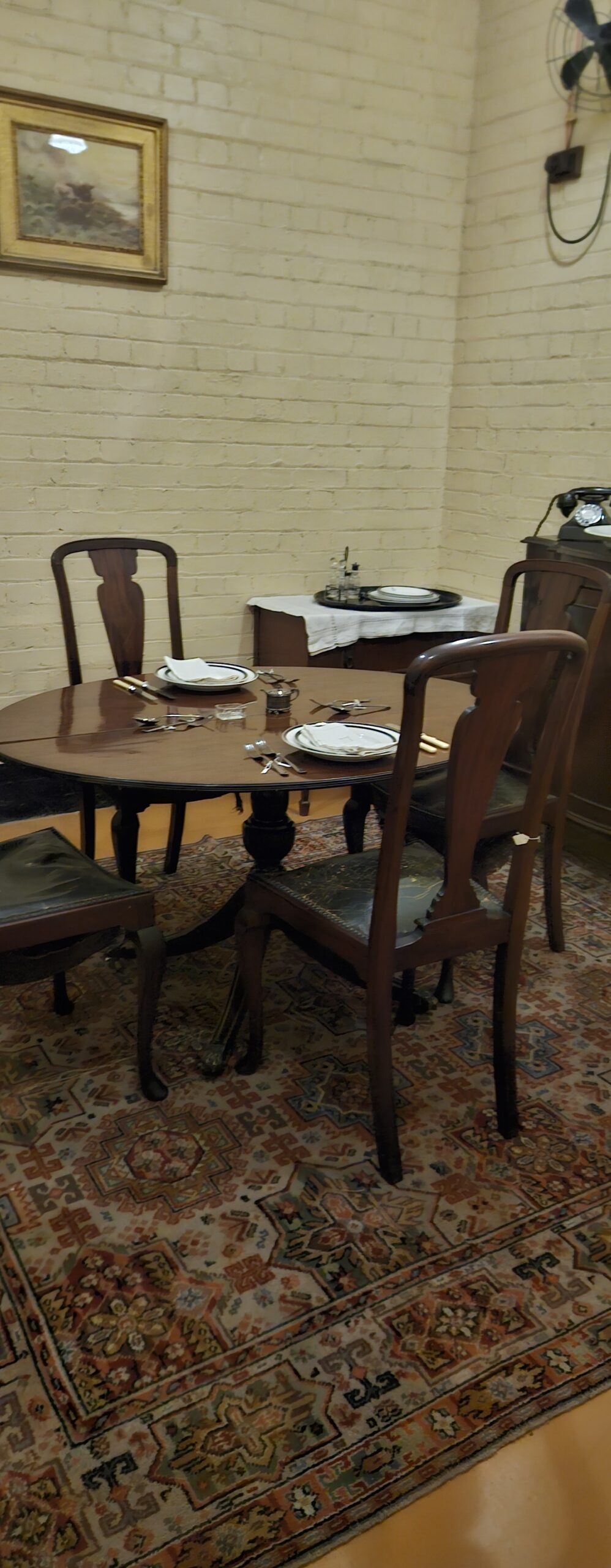A tourist location that I have never been to is the Churchill War Rooms bunker under the back of some government buildings at Westminster, opposite St James’s Park. It is a relatively new attraction, for a site that had been unavailable since the end of the Second World War.
History
In the Second World War of 1939 to 1945, there was a need to have a government bunker to enable operations to be managed from the heart of Whitehall. They could not construct a bunker secretly, and as the government district is full of historical buildings, there was also no space to build a new bunker.
They used a basement beneath a five storey stone government building, which was retro-fitted to be the base of government operations during the war.




The large basement was sectioned into offices and bedrooms, and facilities for communication and control. During the war, Churchill spent many days and nights in the basement, controlling and managing the war effort.
Despite a few bombs landing nearby, neither the War Rooms nor the nearby 10 Downing Street were hit by Nazi bombers.They also believe that the existence of the bunker was never known by the Nazis.
Museum
After the war ended in 1945, the basement was simply closed and sealed up, with everything left at it was. The basement was not maintained or re-purposed and effectively forgotten until the 1980’s.
In April 1984, the War Rooms were opened to the public, after a restoration and transformation to a museum. Run by the Imperial War Museum, the War Rooms now cost £35 per person for entry (which includes a personal audio guide on a smartphone device). The museum is well worth a visit.




We only queued for about 2 minutes, paid our entry and picked up the headset to start our self-paced tour. It was quite busy (suprising for a mid-week winter day), and we squeezed past the crowds, never had our ticket checked, and started looking around.
War Rooms
The WWII feel is apparent as soon as you enter. They have captured the late 1930’s fashions and colours, with mannequins dressing in uniforms and clothes of the time, and original furnishings and items in rooms.
There are a sequence of small rooms that you can definitely tell were re-purposed from basement stores into offices and workplaces. The audio tour allows you to select the story and description for each area, and the screen shows additional images and information for 2-5 minute audio prompt.
Many of the rooms are behind glass or have a small barrier to keep the tourists out, but there are some areas where you can walk around more freely. The audio guide is helpful, but sometimes assumes you are already in a particular room or corridor, which can be slightly disorienting!
We explored the rooms and corridors, and then the guide took us into the very large room that is the Churchill museum. This area was set out with a treasure trove of Churchill memorabilia, everything from his clothes to medals and papers.



The highlight for me was to see one of the original Enigma machines, the code generator that was invented by the Nazis, broken by the first computer, and helped the British turn the tide of the War to win.
Despite the relatively high cost, we enjoyed the museum and tour.







